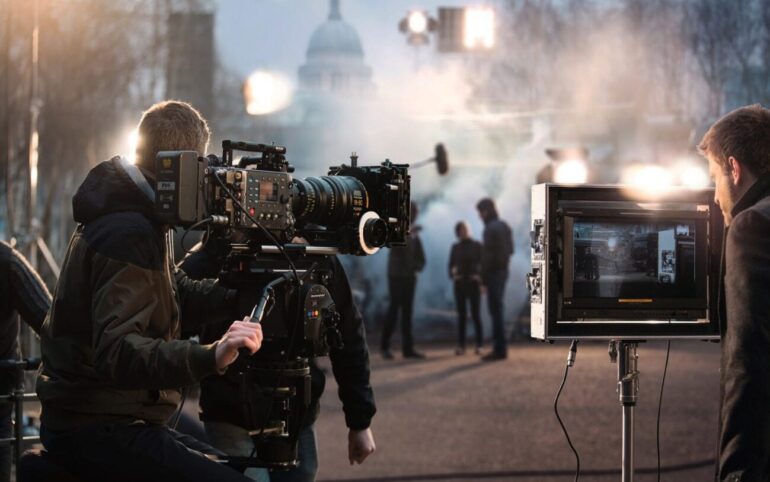TL;DR:
- The Screen Actors Guild (SAG) joins the Writers Guild of America (WGA) in a strike, causing a Hollywood standstill.
- AI implementation in the film industry has become a key point of contention, affecting both writers and actors.
- Studio executives propose scanning and ownership of background performers’ likenesses, raising concerns about digital avatars replacing human actors.
- SAG emphasizes the need for negotiation and protection of performers’ rights.
- The AMPTP denies the allegations, but reports suggest studios have already utilized AI technology to replace background actors in upcoming films.
- The livelihoods of actors and the future of the film industry are at stake.
Main AI News:
The Screen Actors Guild (SAG) has recently announced its support for the ongoing strike led by the Writers Guild of America (WGA), marking a historic alliance not witnessed since 1960. As a result, much of Hollywood finds itself at a standstill, effectively grinding the world’s most influential film industry to a halt.
Throughout the past two months of the WGA strike, discussions have increasingly centered around the implementation of artificial intelligence (AI) and its potential impact on the livelihoods of writers and actors alike. However, the extent to which studio executives, represented by the Alliance of Motion Picture and Television Producers (AMPTP), are eager to embrace this technology is both surprising and concerning.
In a press conference held immediately following SAG’s decision to strike, Duncan Crabtree-Ireland, the executive director and chief negotiator, painted a bleak picture of the situation at hand. “In their groundbreaking AI proposal,” Crabtree-Ireland stated, referring to the AMPTP’s stance as quoted by CNBC, “they propose that our background performers should be scanned, compensated for a single day’s work, and subsequently grant the studio’s ownership rights over their image, likeness, and the ability to utilize them in any future project without consent or further compensation.”
“Before hailing this as a groundbreaking proposal, I urge you to reconsider,” he added emphatically.
Such a proposal would effectively require human background actors to surrender their physical appearance to be digitally recreated at the studios’ discretion. This unsettling vision paints a dystopian future for the film industry.
“If an extra becomes a star, could they potentially star in movies alongside the eerie AI simulacra from years past?” pondered entertainment writer Matt Zoller Seitz on Twitter. “Sneaky.”
To SAG, this matter goes beyond mere negotiations; it is about safeguarding actors from this very scenario.
“SAG-AFTRA asserts that the right to digitally replicate an actor’s voice or likeness, for the purpose of significantly altering a performance or creating a new digital portrayal, is a non-negotiable aspect of collective bargaining,” emphasized Jeffrey Bennett, the union’s general counsel, in a letter penned in June. “Individual contracts cannot unilaterally grant these rights.”
In response to these reports, the AMPTP has refuted the allegations, although studio executives have yet to address the proposal directly.
“While we successfully negotiated a favorable agreement with the Directors Guild that acknowledges the invaluable contributions of directors to this thriving industry, we sought to achieve the same outcome with the writers, and we aspire to do the same with the actors,” explained Disney CEO Bob Iger in an interview with CNBC prior to the strike announcement.
However, the timing of these discussions may be too little, too late. Insider sources, cited by Collider, have disclosed that studios have already employed technology capable of replacing background actors with digital avatars in upcoming films such as “Captain America: Brave New World” and Netflix’s “The Residence.”
According to the report, some actors allege that they were not even given the choice to decline the scanning process, which was apparently a condition of their employment.
Conclusion:
The clash between the Screen Actors Guild and studio executives regarding the integration of AI in place of background actors reflects a significant disruption in the market. The proposal to scan and own performers’ likenesses without consent or compensation raises ethical concerns and poses a potential threat to the livelihoods of actors. The industry must navigate negotiations carefully to strike a balance between technological advancements and the protection of creative professionals’ rights. The outcome of these discussions will shape the future landscape of the film industry and its relationship with AI technologies.

